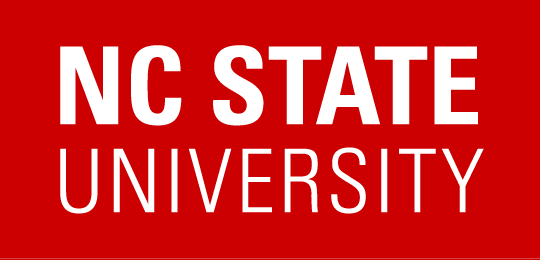Department of Nuclear Engineering

All Events
- This event has passed.
On computational challenges for simulation of Selective Laser Melting in Additive Manufacturing
October 27, 2016 @ 3:45 pm - 5:00 pm
Event Navigation
Dr. Robert Nourgaliev
Lawrence Livermore National Laboratory (LLNL)
Abstract
With recent advent of 3D printing and additive manufacturing (AM), there is a significant interest in developing new multiphysics computational tools, which would enable simulation of powder melting in selective laser melting (SLM). This capability would help to get insight into very complex physics of the melting/solidifying powder morphology, eventually helping in optimization of 3D printing techniques. The SLM involves a very complex multi-material multiphase thermal-structural fluid dynamics, including rapid gas-fluid-solid phase change (melting/solidification, boiling/ condensation), multi-material interface physics with non-linear surface tension and recoil pressure effects. In this talk, I will be focusing on the combination of the new interface tracking algorithm, the Marker-Re-Distancing (MRD), with the fully-implicit Reconstructed Discontinuous Galerkin (RDGPnPm) method for thermal-structural fluid dynamics. The MRD is a hybrid of the front tracking with the level set method, which enables robust and cost-effective high-order (implemented up to the 6th-) algorithm on generally unstructured, highly stretched meshes. The method is coupled with oct-tree-based AMR, for high-fidelity resolution of subcell interfacial structures. The marker-based interface dynamics allows to eliminate stability limits, typically attributed to high-order PDE-based algorithms. We have introduced a novel Discontinuous Galerkin based direct re-distancing technique, which avoids the deficiencies of traditional level set re-initializations. The MRD is straightforwardly CPU-parallelizable, and particularly suitable for node-level multi-threading techniques, such as GPU acceleration. The MRD is combined with fully-implicit RDG-based solver, using IMEX time discretization. The major challenge for fluid solver is an efficient preconditioning of the Newton-Krylov based implicit algorithm. We have developed an efficient scalable iterative physics-based preconditioner, combining two Schur complement AMG-based solution procedures (one for pressure-velocity, and another for velocity-temperature fields), which enables large-scale simulations with half of billion degrees of freedom and tens of thousands of CPU cores, for extremely stiff phase-change problems, with arbitrary large time steps. The performance of these algorithms is demonstrated on a few examples of the single- and multiple laser-track melting for AM applications.
Biography

![[Defense] Development and Implementation of Neural Thermal Scattering (NeTS) Modules for Monte Carlo and Multiphysics Analysis of Advanced Reactors](https://ne.ncsu.edu/wp-content/plugins/events-calendar-pro/src/resources/images/tribe-related-events-placeholder.png)